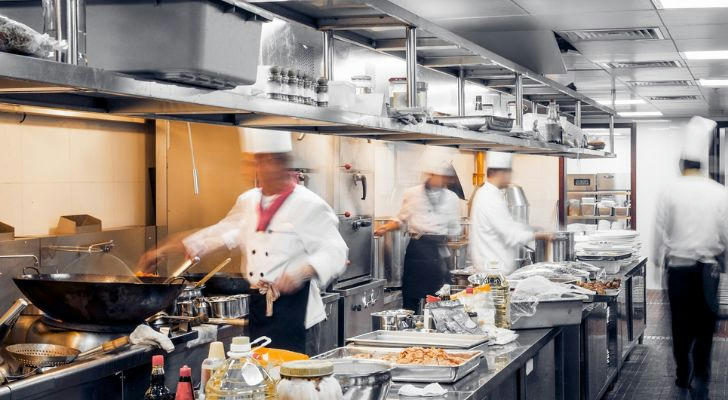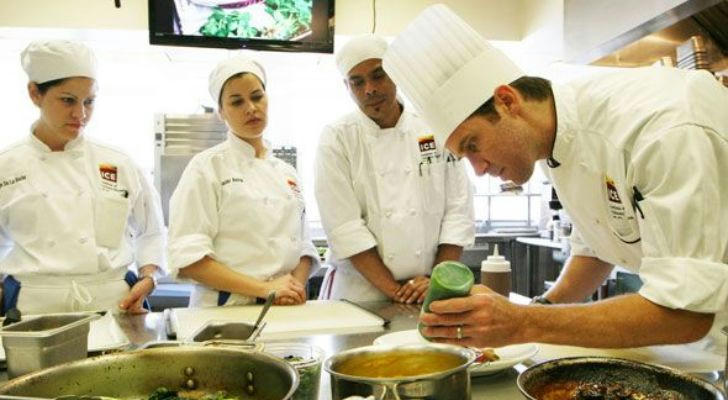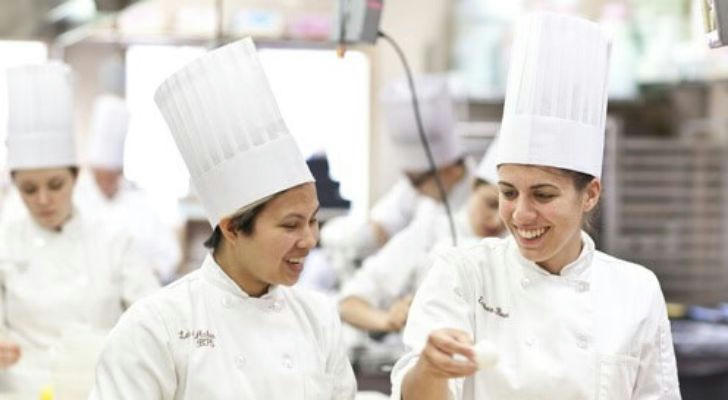Culinary Schools: The Foundation of a Professional Cooking Career
In a world where food culture is constantly evolving and culinary innovation is at the forefront of global trends, culinary schools have become more than just places to learn how to cook. They are incubators for creativity, discipline, and technique—equipping aspiring chefs with the skills and mindset necessary to thrive in professional kitchens. From traditional French cuisine to plant-based gastronomy, a structured culinary education lays the groundwork for success across a wide spectrum of food-related industries.

A Comprehensive Learning Environment
Culinary schools offer an immersive experience that blends theoretical knowledge with hands-on training. Students are introduced to the fundamentals of food science, sanitation, kitchen operations, and nutrition. Classes typically begin with knife skills, ingredient identification, and preparation techniques before moving on to more complex subjects such as sauce development, flavor layering, and regional cuisines.
In addition to cooking, students gain an understanding of food cost control, menu planning, and kitchen safety. Many schools incorporate classes in pastry arts, baking science, and even beverage pairing, broadening the learner’s perspective and potential career pathways. The goal is to create professionals who are not only technically proficient but also capable of managing the multifaceted demands of a professional kitchen.

Building Professional Discipline and Soft Skills
Working in a culinary environment requires more than just talent; it demands mental resilience, time management, and strong communication skills. Culinary schools emphasize punctuality, teamwork, and consistency—mirroring the pace and structure of real-world restaurants.
Daily schedules are often modeled after commercial kitchen workflows, teaching students to work efficiently under pressure while maintaining high standards. Group projects and kitchen brigades simulate the dynamics of actual food service operations, helping students build collaborative skills and develop leadership potential. These soft skills are critical for those who wish to eventually step into supervisory or managerial roles.
Exposure to Culinary Diversity and Innovation
Modern culinary schools pride themselves on exposing students to global culinary traditions and contemporary food trends. From Thai street food to molecular gastronomy, students explore a range of cooking philosophies and cultural practices that enrich their culinary worldview.
Guest lectures, visiting chefs, and international exchange programs provide opportunities to learn from experts and industry pioneers. Schools that offer research kitchens or test labs further encourage innovation, allowing students to experiment with new ingredients, alternative proteins, and cutting-edge cooking technology.
In this environment, creativity is not just encouraged—it is expected. This pushes students to think beyond recipes and begin developing their own culinary identity.
Internships and Real-World Integration
One of the key strengths of culinary schools lies in their connection with the food industry. Many programs include internship placements or cooperative education modules where students work in hotels, restaurants, or catering companies. These real-world experiences provide invaluable exposure to the demands and rhythm of professional kitchens.
Students learn how to handle customer feedback, manage inventory, and maintain consistency during peak service hours. These internships often serve as a gateway to full-time employment, as employers look for candidates with both foundational training and real-world adaptability.
Some schools also partner with celebrity chefs or well-known establishments, offering top-performing students the chance to apprentice under respected industry leaders.
Pathways Beyond the Kitchen
While many graduates aim to become executive chefs or open their own restaurants, culinary education opens doors far beyond the traditional kitchen setting. Alumni may go on to become food stylists, product developers, culinary instructors, or nutrition consultants.
Others enter the growing world of food media, producing cooking content for digital platforms or writing for culinary publications. Some pursue further education in hospitality management, food technology, or entrepreneurship, blending their culinary background with broader business expertise.
By providing a strong foundation in both the art and science of cooking, culinary schools enable graduates to adapt and evolve with the changing demands of the global food industry.

Choosing the Right Culinary School
Not all culinary schools are created equal, so choosing the right institution is crucial. Prospective students should consider factors such as curriculum structure, accreditation, faculty experience, and facilities. It is also important to evaluate a school’s industry connections, alumni success stories, and opportunities for hands-on practice.
Some schools offer specialized tracks in pastry arts, sustainable cuisine, or culinary management. Others may focus on traditional techniques or place emphasis on innovation and research. The best choice depends on the student’s personal goals, learning style, and desired career trajectory.
Campus visits, trial classes, and conversations with current students can provide further insight into the learning environment and culture.
A culinary school is more than a stepping stone; it is the foundation upon which aspiring chefs build their careers. By combining technical skills, creative expression, and real-world experience, it transforms passion for cooking into professional capability. In an industry where precision and inspiration go hand-in-hand, a structured culinary education is the recipe for long-term growth and fulfillment.
